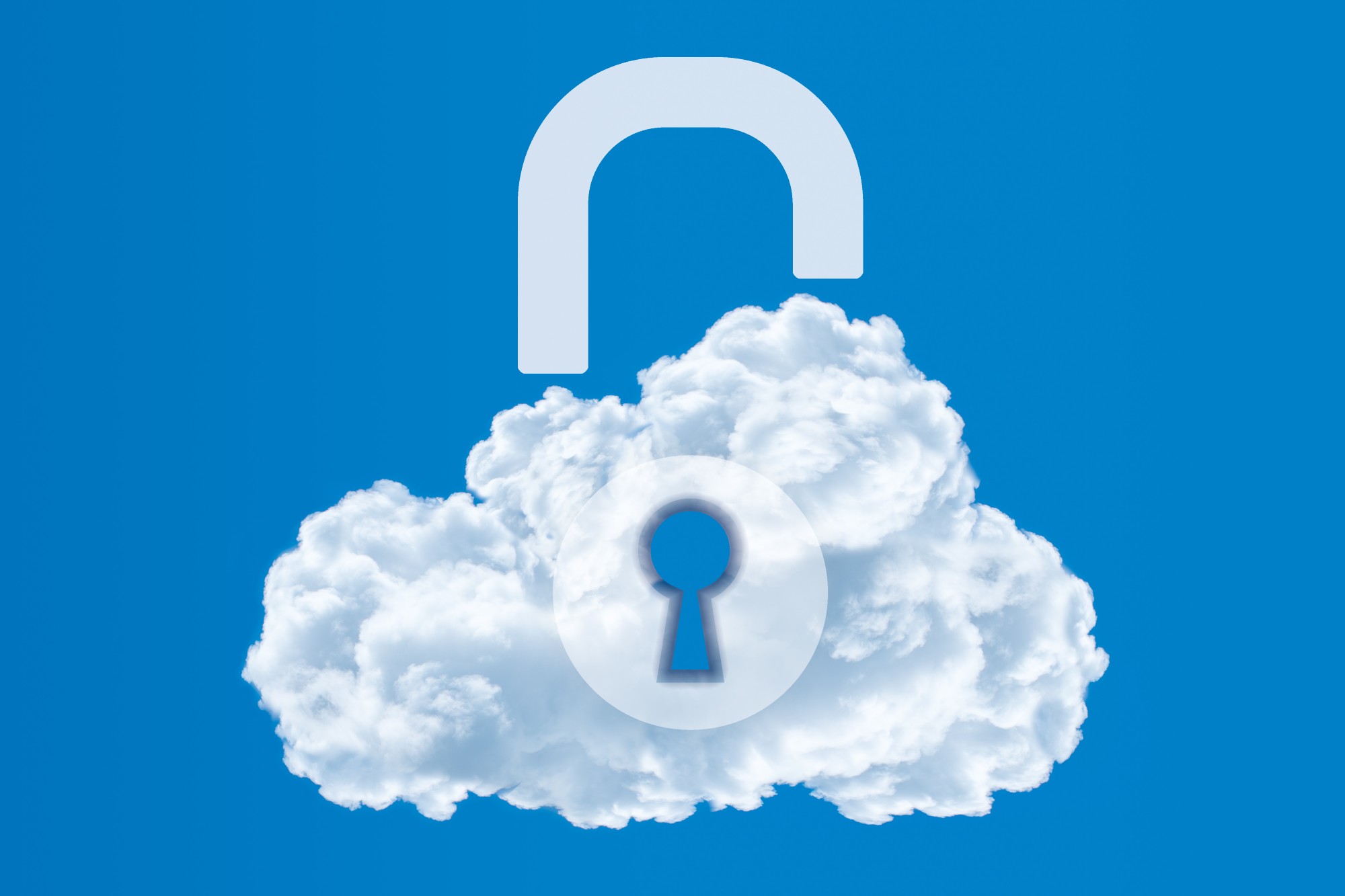Hardened cloud security is imperative to protect against cloud security threats in 2022
For organisations taking a hybrid or fully cloud-based approach to their infrastructure, data storage and other business-critical elements, combatting cloud security challenges in 2022 now require comprehensive forethought and planning.
Whether it’s internal or external, the challenges organisations face are exacerbated by the scale at which threats of attack, and their success rate, are increasing. In 2022, we saw a rise in notable attacks, including the Finnish government, which was the target of a DDoS attack.
Although unsuccessful in their attempts to gain access to sensitive data, the attack was a close call that could have had catastrophic consequences.
Cloud security impacts all organisations, from enterprise-level to SMEs, who rely – even minimally – on a component within the cloud. However, armed with the right knowledge, stakeholders and IT teams can make informed decisions to harden their cloud security and invest in the right tools and solutions. Here are 4 key security challenges organisations face and should aim to combat, in 2022:
Data breaches
In May 2022 alone, 49.8 million records were breached. As the value of data ever increases and the opportunities for cybercriminals to exploit this data grow, it’s safe to assume data breaches will continue to be a real challenge in 2022 and beyond.
On first glance, data breaches themselves don’t appear to be too costly. However, the real cost of a data breach isn’t solely in the breach, it’s in the fallout; the reputational damage, legal implications and IT support required to rectify and secure your organisation’s cloud systems, integrations and infrastructure mean data breaches are far more costly and subjective than gauged at first glance.
With most organisations having a plethora of data touchpoints and vendors, employees and partners having access to this data, organisations from enterprise-level to SMEs should be considering their data breach prevention plan, as well as taking on a zero trust approach to cyber security.
Cloud security challenges don’t just span across external threats; they also include internal issues like misconfigurations and unvetted access Share on XChoosing the right data security solutions, trusted vendors and creating rigorous internal processes with access control management, organisations can create multiple barriers to prevent data breaches of their cloud systems.
Removing human error and using the right cloud security tools will have a drastic impact on the likelihood, and actual threat of, data breaches.

Using multiple cloud providers
More organisations are opting for either cloud-first or hybrid approaches to their IT infrastructure. The move away from on-premise infrastructure, however, does assume its own security risks. As organisations aim to manage and control multiple environments using various cloud providers, the complexities of this management increase.
Internal IT teams are required to understand the nuances of all solutions and learn the correct processes and configurations to maintain a hardened security infrastructure. With the onus being on the organisation’s partner or IT team to maintain the absolute security of its cloud environment and resources, it’s important to employ a team, whether internal or external, that can be trusted. One line of code can be the difference between locked-down security and publicly-visible data.
As many organisations have also seen, a major cloud security challenge hasn’t been external and rather an internal threat of misconfiguration. Incorrectly configuring assets and systems leaves an organisation open to unnecessary, avoidable attacks. In 2021, an IDC survey found misconfiguration was one of the top security threats to organisations, and this is unlikely to have changed in 2022 given the number of cloud providers in popular use and the growing dependency on automated infrastructure.
With the right tools in the right hands, using multiple cloud providers can be a cost-effective way to streamline business-critical processes, however making sure you trust the right supplier is vital.
Insecure APIs
In recent years APIs have become integral to cloud operations as they request and retrieve vital data to and from the cloud. Due to the widespread use of APIs, and the large-scale data APIs handle, they have become a prime target for cyber criminals.
Over the years, APIs have been subject to DDoS attacks. Malicious actors attempting to gain access to sensitive data will flood the API with requests in an attempt to overwhelm and breach the connections, thereby gaining access to the data and resulting in a potentially sizeable security attack.
When it comes to APIs and interfaces in general, security starts from when the API is first designed, after which it’s up to the appropriate teams to ensure security processes are correctly handled during implementation, testing and management of the integrations.
Ensuring security is weaved into these processes – such as setting out an Incident Response Plan – from the beginning is central to maintaining a hardened approach to cloud security in 2022.

Choosing the right cloud security experts & tools
For organisations looking to migrate from on-prem to a cloud-based infrastructure, having the right team to strategise, plan and execute with precision is key; there are wider questions and expertise required outside of the initial migration that spans across the realms of DevOps, DevSecOps and compliance.
For example, if your organisation is migrating to the cloud, how will future developments and integrations get handled? Increased reliance on automation is a benefit of migrating to the cloud, but if your company doesn’t flesh out a CI/CD pipeline, you’ll never reap the benefits of automated development, testing and deployments.
Understanding the systems you use and the full range of benefits by speaking to a product or solution expert will give you the best chance to properly integrate the system within your business’ processes.
As Blue Cube Travel saw when embarking on their cloud-based approach to IT infrastructure, working with experts who understand both the benefits and challenges of taking a cloud-first approach to infrastructure and processes is invaluable.
Without a consistent commitment to cloud security and its maintenance, organisation’s can fall foul to a host of attacks; getting the right tool and trusting industry experts, whether in-house or external, is imperative.
Cloud security challenges in 2022
When it comes to cloud security challenges in 2022, the external threats have always been there but the scale and severity are increasing year on year.
Understanding how to protect your organisation from data breaches and insecure APIs, as well as managing multiple cloud providers and investing in the right people and tools will give your organisation a major step up. The threat of attacks is inevitable, but their success doesn’t have to be.
Interested in finding out how your organisation’s cloud security could be leaving you open to attack, and how it could be better managed for water-tight security? With over 30 years’ experience in the industry, the team of experts at Northdoor support organisations from enterprise-level to SMEs. Get in touch today to speak to the team about how your cloud security efforts can be improved and supported.
Watch Dominic Green, Cloud Practice Lead at Northdoor discuss all aspects of the Cloud with our client Kevin Trill, Director of Technology and Transformation at Blue Cube Travel.